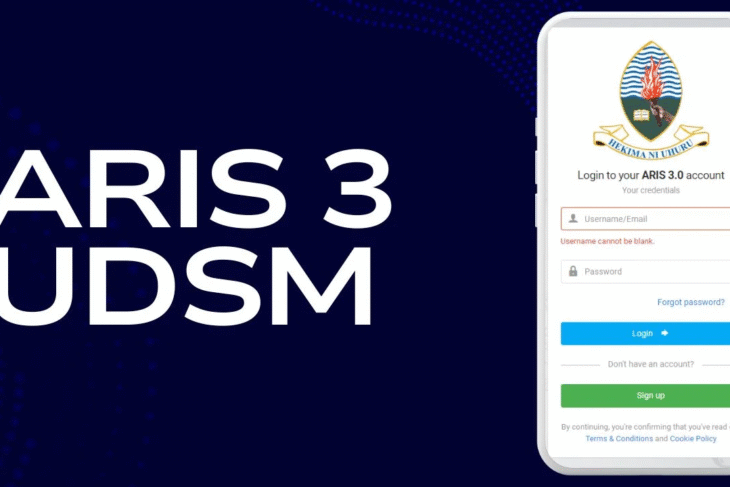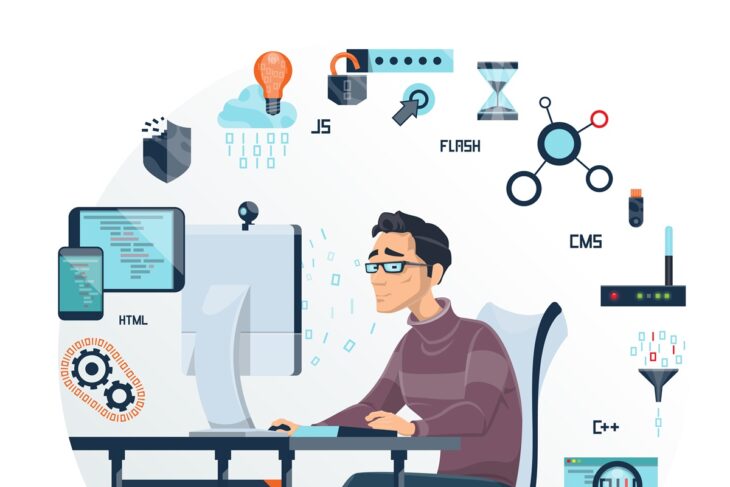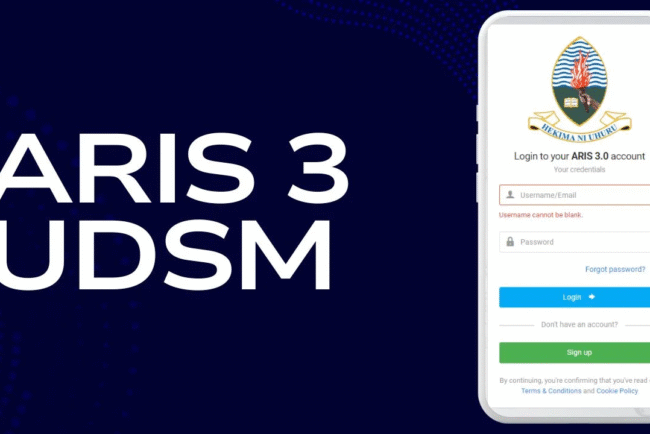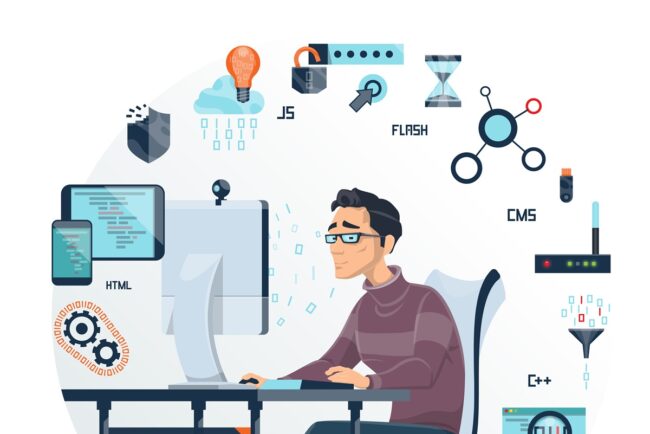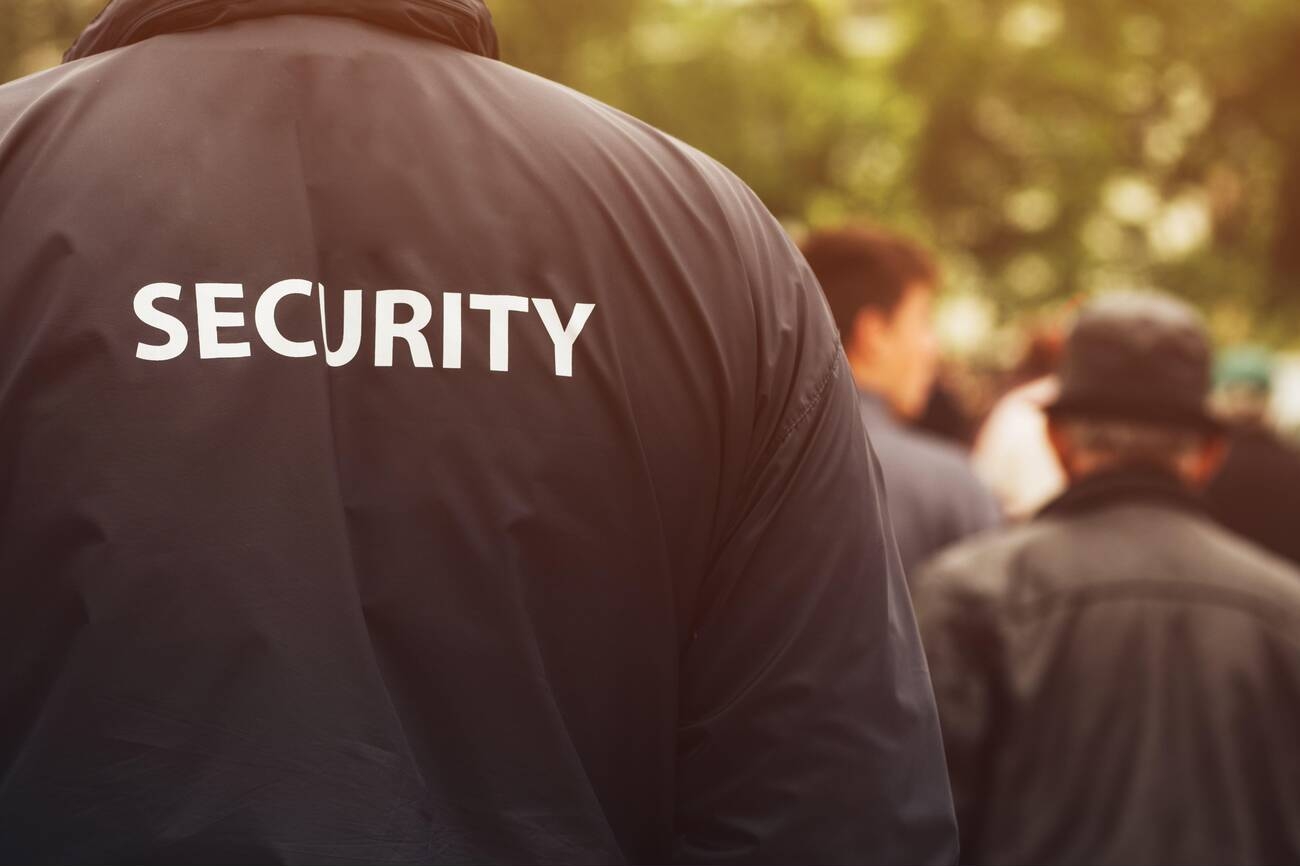
In a world where threats are becoming increasingly sophisticated, versatile and unpredictable, security concerns have dramatically elevated, especially within high-value, high-risk environments. These environments quite often consist of vast ranges of valuable assets, making them tantalising targets for criminals and necessitating the implementation of advanced security measures. As we delve into the chronicles of global security incidents, the fatal flaw has often been the lack of tailored and adaptive security solutions.
This article seeks to highlight the importance of tailored security solutions to protect high-value, high-risk settings. We will explore what these environments entail and how a one-size-fits-all approach simply doesn’t work in such instances. You’ll also get to know how to assess your own security requirements, what to consider when contracting professional security services and a glimpse of what the future of adaptive security may be. In general, this article should teach you everything possible to achieve the maximum security and, therefore, to be sure you are safe in a world that becomes increasingly unpredictable.
Understanding High-Value, High-Risk Environments
High-value, high-risk environments refer to locations that house valuable assets or information and are considered potential targets for criminal activities owing to their high stakes. These environments can be financial institutions like banks, cultural depositories like museums, corporate organizations that hold vital data or even residential areas with rich inhabitants.
In these types of environments, the breach of security would be astronomical, resulting in massive financial loss, loss of invaluable artifacts, loss of valuable information or even threats to human lives. As such, they need specially designed security plans that can be effective in preventing the occurrence of threats to the safety of their precious resources.
The Necessity of Adaptive Security Patrolling
Passive observation and routine security checks are archaic concepts that do not bode well with the contemporary complex threat landscape. A high value high risk environment cannot be addressed using a one size fits all security model since each of these environments has unique security vulnerabilities that cannot be addressed by the one size fits all security model.
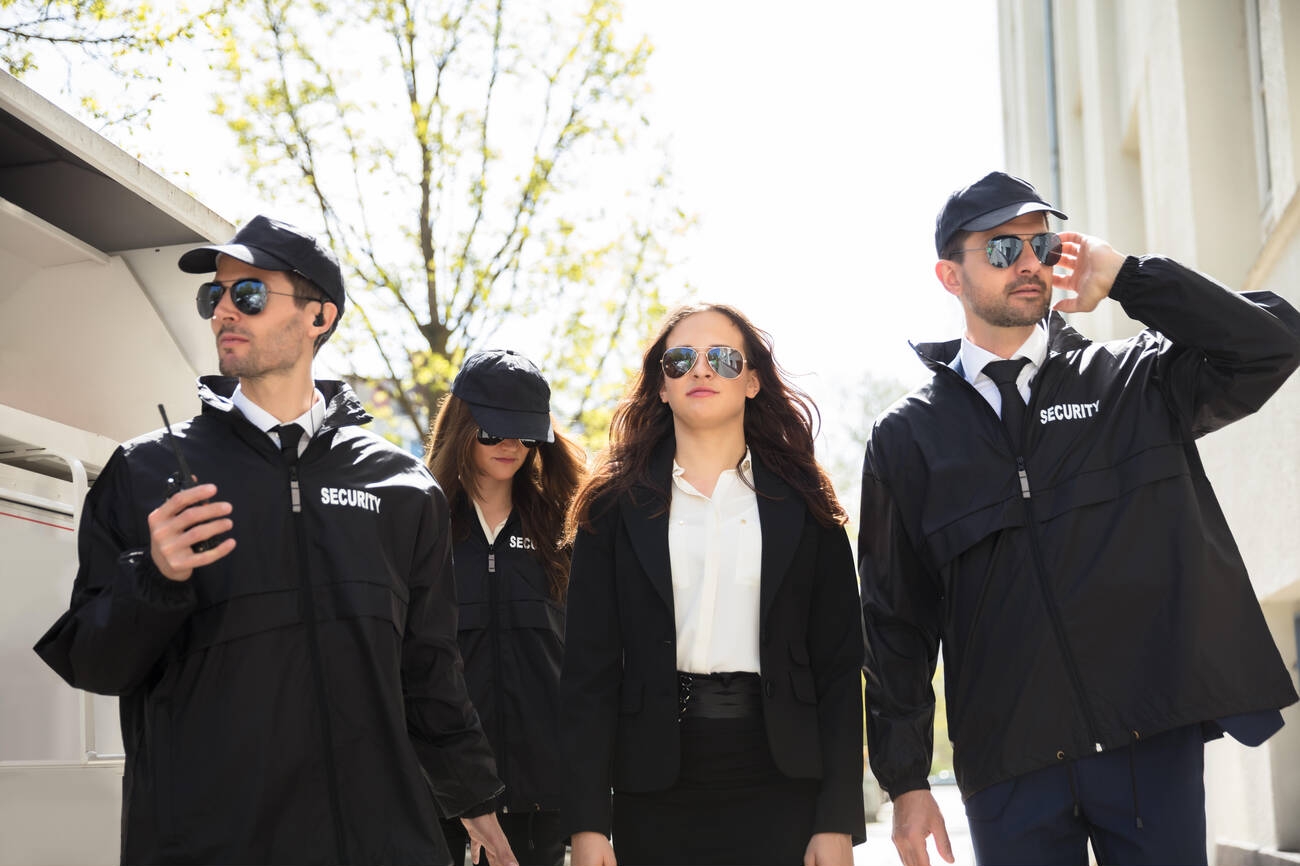
Failure to have a custom security plan can lead to recurrent security attacks, failure to pre-empt and counter threats, loss of valuable assets and information, and loss of reputation. To overcome the threat and prevent the risk, the security strategy must be improved continuously, and the threat itself needs to be identified in advance.
Effectively Evaluating Your Security Needs
The process of tailoring a security strategy starts with effectively evaluating your security needs. These needs are influenced by various factors, chief among them being the nature of assets housed, location, volume of people present, historic threat patterns, etc.
Meticulous risk assessments should be undertaken to understand the vulnerability of a setting. This involves identifying potential threats, assessing existing security measures and their effectiveness, and recognising areas requiring improvement. This analysis forms the blueprint for designing a customised security strategy.
The Right Type of Security for Your Setting
There are several kinds of security services which can be deployed depending on your security requirements. This can range from manned patrols, which provide a human touch and visible deterrence, to electronic surveillance, which can provide round-the-clock coverage and capture hard evidence.
Maned patrols have the benefit of being proactive but may not be effective in a vast area. Full body electronic surveillance is subject to power outages or technical glitches. Sometimes, hybrid models which integrate the best of the two would be the best ideas, so it is very important to evaluate the peculiarities of your setting.
Elements of a Robust Adaptive Security Patrol
A robust adaptive security patrols are distinguished by its effective mix of technology, trained personnel, and advanced surveillance equipment. With modern technology, it is possible to conduct automated surveillance, detecting threats, and responding very quickly. Professional staff is required to help to analyse threats and act accordingly. Surveillance equipment aids in both deterrence and evidence collection.
All these components must go hand in hand with one another and when they are put together successfully, the implementation would be successful. The right mix maximises the strengths of each and compensates for the inherent limitations they may have when used alone.
Hiring Professional Security Services: What to Look For
In relation to acquiring professional security services, issues related to experience, reputation, quality of staff and technological capability should be given priority. What is frequently forgotten is that these services are flexible enough to respond to changing security requirements. Their ability to perform comprehensive vulnerability assessments and adeptness at using a combination of manned and electronic surveillance is crucial.
Unarguably the reliability and transparency of the selected security service play vital roles. A reliable security service is based on efficient communication, regular check-ins, and the possibility to be available at any moment of the day, even in case of emergency.
Real-life Examples of Adaptive Security in Action
Considering the success of tailored security in real-life, the example of a particular global banking corporation stands out. The adoption of a mix of electronic surveillance, biometrical checks, and manned security patrols helped it to curb the number of break-ins and theft by a staggering 75 percent in a span of three years.
The case brings to light the effectiveness of adaptive security patrols as an asset protection methodology. Such cases inspire confident decision making in design and deployment of adaptive security strategies.
The Future of Adaptive Security Patrols in High-risk High-value Environments
The future of adaptive security is bright with the help of AI (Artificial Intelligence), predictive analytics, automated drones, hi-tech surveillance technologies. These technologies can be used to create faster threat processing, increased monitoring, and greater real-time communications to simplify the entire security process.
As much as these developments are indeed assured to improve security, we also have to advance with these developing technologies to make sure that our security systems do not become irrelevant and redundant despite an unceasingly radically changing security environment.
Conclusion
Adaptive, personalized security solutions, as we have learned, are a crucial component in the security of high value, high risk environments. Understanding your security requirements, the appropriate balance between technology and personnel and contracting the right professional security service may be the launch point towards a safe environment.
It is no longer a big burden to protect valuable property and ensure the safety of the staff members. You have everything you need to manage your security needs with the appropriate information and guidance.

